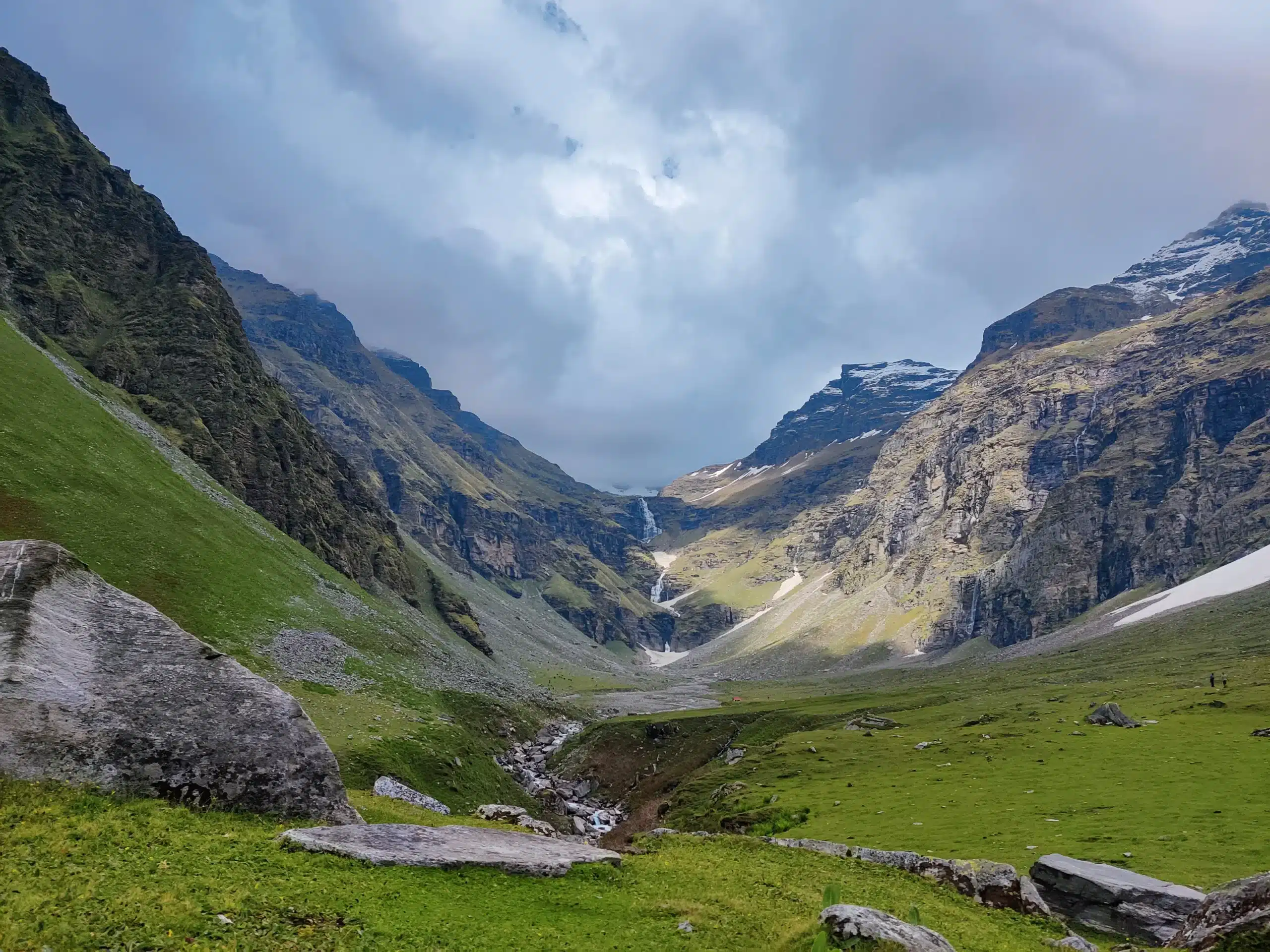Trek Grade
Moderate to Difficult
Highest Altitude
4,950 mtrs
Base Camp
Lohajung
Best Time
May, June & Sept, Oct
Trek Distance
53 Km
Roopkund Trek
Important Note: The Roopkund trek isn’t permitted for any longer. Here are some alternatives. Click on the trek name for more details.
Ali Bedni Bugyal Trek A journey to the largest meadows in India
Buran Ghati We think this is the most suitable alternative to Roopkund.
Har Ki Dun A less strenuous trek that is best completed between the months of October and November
Rupin Pass A longer and more strenuous trek try it in October, if you’re in good shape.
Roopkund located in the state of Uttarakhand in India is a renowned glacial lake. The lake is famous due to more than 5 hundred human skeletons located at the edges of the lake. It is situated within the Himalayas and is situated at an altitude of 4,800 metres. Roopkund is situated inside the Chamoli district of Garhwal. It is among the top places to go trekking within Garhwal. It is close to hills like Nainital in India and Kathgodam. It is located 217 kilometers away from Nainital and 235 kilometers far from Kathgodam, Roopkund is one of the top adventure spots for those living in the country as well as those who travel from overseas. Roopkund is located within the midst of Trishul massif, is also referred to as the “mystery Lake”. Human skeletons are found on the banks of the lake. It is believed that they are part of that of the Palaeolithic age.
They could be remains of heroes who fought in this area in early days. Alongside the skeletons belonging to humans, you will also discover the skeletal structures of animals, including horses. There is evidence that suggests these skeletons date back to the 12th century until around the year 1515. Experts believe that the deaths of many people living in the area was a result of landslides or blizzards, or an outbreak. Human bones were found during 1942 through H K Madhwal, who was a Nanda Devi Game reserve ranger.
In 2004 a group of Indian scientists and Europeans went to the area to learn more regarding the nature of skulls. Through extensive research and discoveries they came across the skulls of humans, bone and jewelry. The DNA from the skeletons was collected, and it was discovered that the people were from diverse classes, and displayed diverse morphological characteristics and features. There was a group made up of tall people and people who were short that are believed to have a close relationship to one and each other. Although the precise number of skeletons found cannot be established, an estimated total of about 500 hundred skeletons was found. It is thought that a similar amount of skeletons died due to the natural surroundings.
It is believed that the Radiocarbon analysis of the bones found at Oxford University Radiocarbon Accelerator Unit. Oxford University Radiocarbon Accelerator Unit establishes the age of these skulls to be between the 850th century AD. Further research has been conducted in various regions of the nation and around all over the world. A majority of scientists agree with belief that people were not killed by an epidemic, but rather due to abrupt hailstorms. The hailstorms are said to be what is the diameter of a cricket ball and given the lack of protection in the open spaces of the Himalayas it is possible that people would be impacted by its devastating and immediate effect. It is thought to be one of the most significant causes of the demise of the people who lived in this region.
The cold and icy conditions can be said to be the main reason behind the survival of the bones for such a lengthy period of time. The favorable weather conditions prevented the skeletons from rotting away and turn into soil. Due to the landslides that were prevalent in the area, numerous bodies fell into lakes and remained there for an extended period. The bodies that dropped into the lake had a longer shelf-life opposed to those that remain out in the open. But it’s not known if the population lived in the area or if they were traveling towards a location. Evidence from the past for any trade route to Tibet hasn’t been proven. This makes it difficult to discern the actual motive of the people who were the victims of this natural catastrophe. There is a chance that the people could be headed to Nanda Devi, the Nanda Devi pilgrimage where Nanda Devi Raj Jat celebrations occur once in 12 years.
Lohajung is the start trekking location for Roopkund. The Roopkund trek is also known as Skeleton Trek due to the presence of various skeletons within surrounding the lake. This lake has a backdrop of snow-covered mountains and rock-strewn glaciers.
Travelling through India and selecting the Roopkund journey is an adventurous adventure that passes through many gorgeous and exotic places. When you walk towards the lake, will see lush green grassy fields and conifer trees that extend to the valley of hills. After that, the hike makes its route across the river, which is named Pindar. You will be able to take in the lush and natural beauty of the surrounding and the gentle breeze that is blowing throughout the area, providing a an uplifting effect on your senses.
Roopkund is a stunning charming, stunning and beautiful tourist spot within the Himalayas. It is situated at the base of two Himalayan mountains, Trishul and Nandghungti, it draws people with an adventurous nature. There are festivals of religious significance that are held in autumn. They take place in the alpine meadows in Bedni Bugyal, in which villages from the surrounding area take part. The lake is surrounded by snow all year round and makes it look beautiful. It’s a great travel destination since it is completely surrounded by mountains on every direction. The trek in Uttarakhand is also a great possibility to hike the Himalayas. You could also take an excursion on the Nanda Rajjat Yatra.
There are a variety of routes to take to trek to Roopkund. The most popular routes used by travelers and adventurers is via Lohajung all the way to where it is possible to travel by road. trekking starts after the point at which you can begin trekking. There are also plains, or flat areas, where you can camp at night. If it’s not fog-like, you will be able to observe Bedni Bugyal as well as Trishul. While traveling to Roopkund it is possible to discover a lot of pastures for sheep, horses, and mules. There are a handful of temples and lakes along your route. There are numerous waterfalls in the slopes of mountains that surround them. However, it is remembered that the weather can be harsh throughout the year and that travelers should be prepared and fully ready for the weather.
Trek Cost
- Stay will be on a twin-sharing basis in tents
- + 280 Trek Insurance (Mandatory)
- Discount Policy
- Transport Optional ( INR - 2200 extra )
Fix Departure Dates
Roopkund Trek Videos
Videos by experts watch these videos to prepare well for a Successful Trek
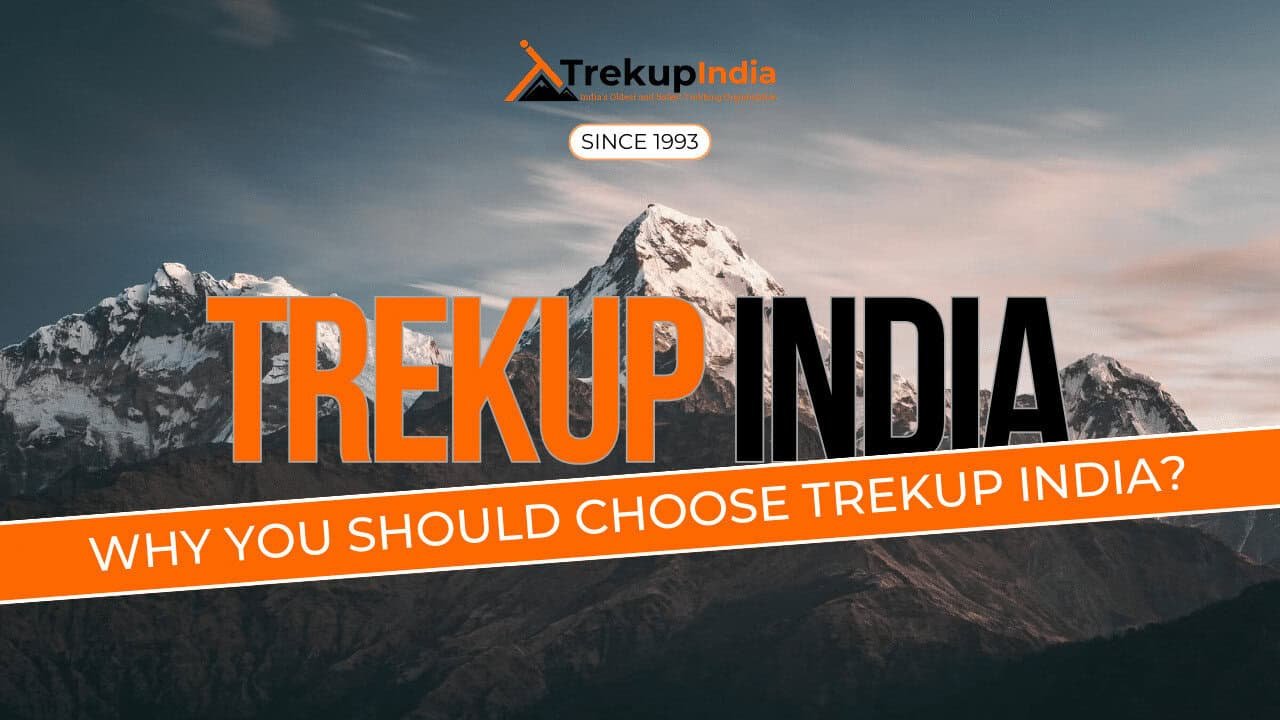
Want To Trek Like Pro?
Basically, watch these videos if you want to trek the same way professional trekkers do and make your skills better. These videos contain useful tips and techniques to further improve your trekking skills itself. These videos actually help both new and experienced trekkers improve their trekking skills. These videos definitely provide useful tips that make your trek better. We are seeing that these videos by Trekup India experts will only help you make your trekking skills better.
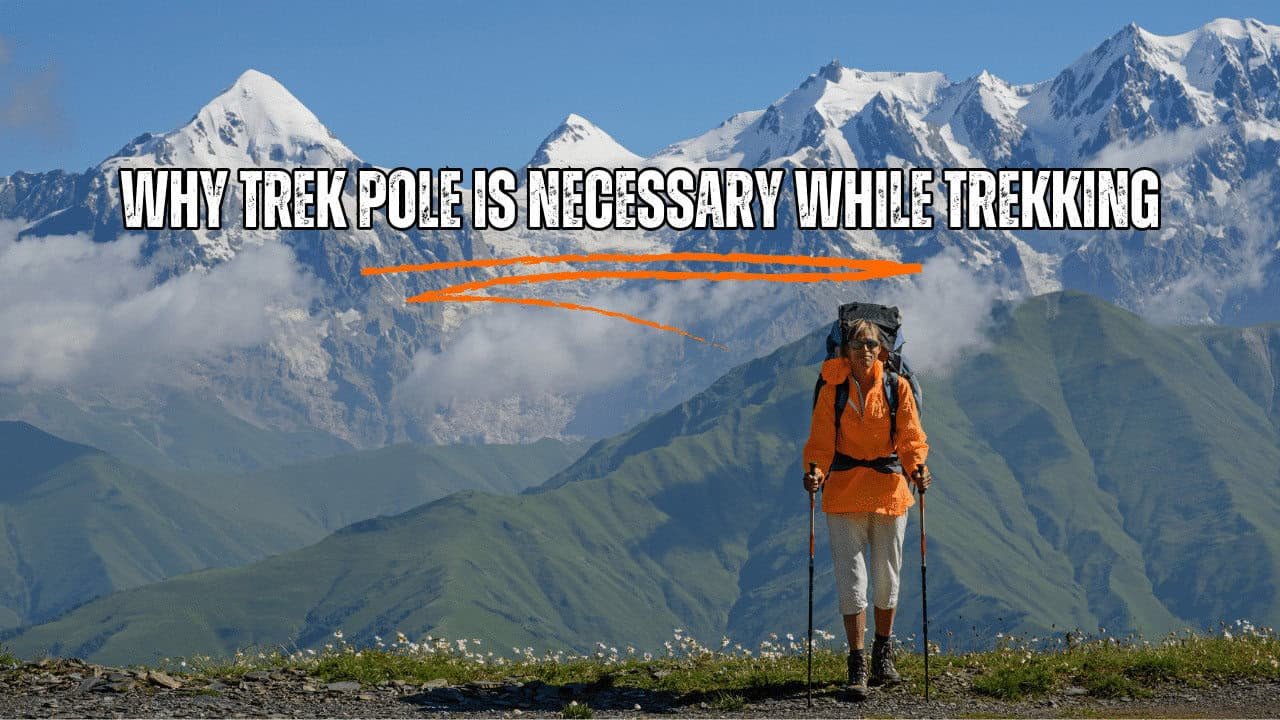
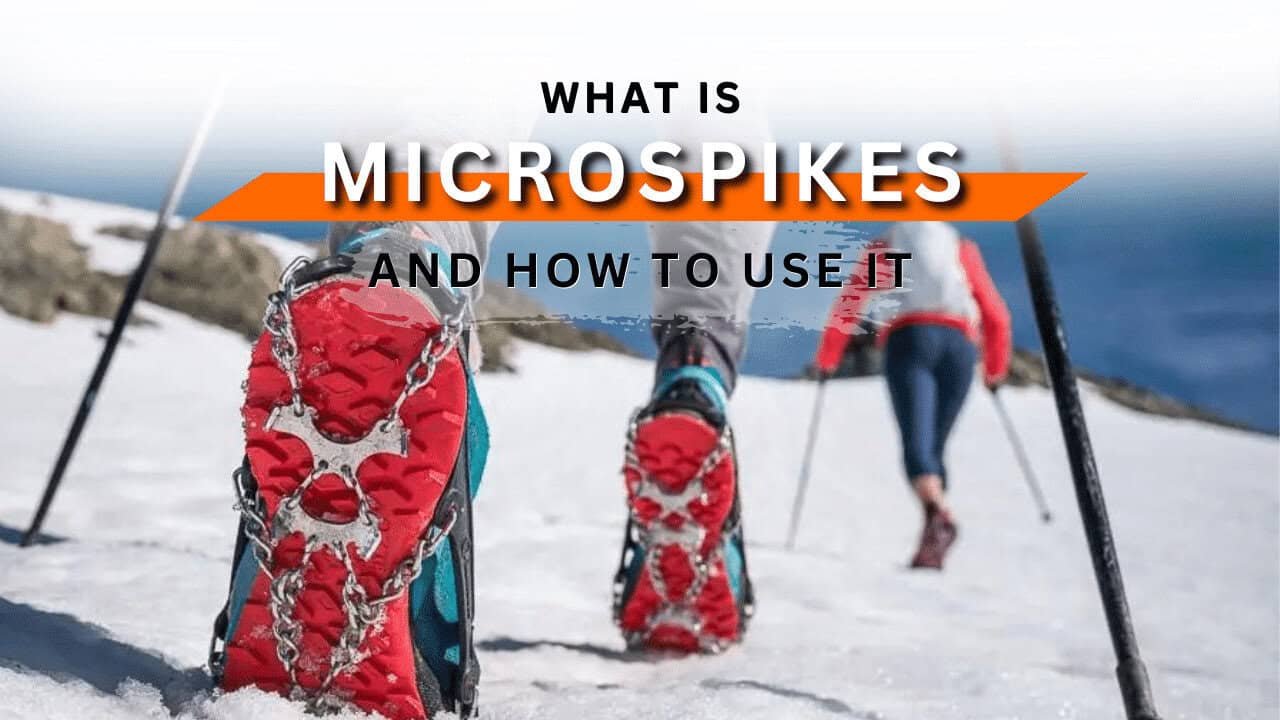
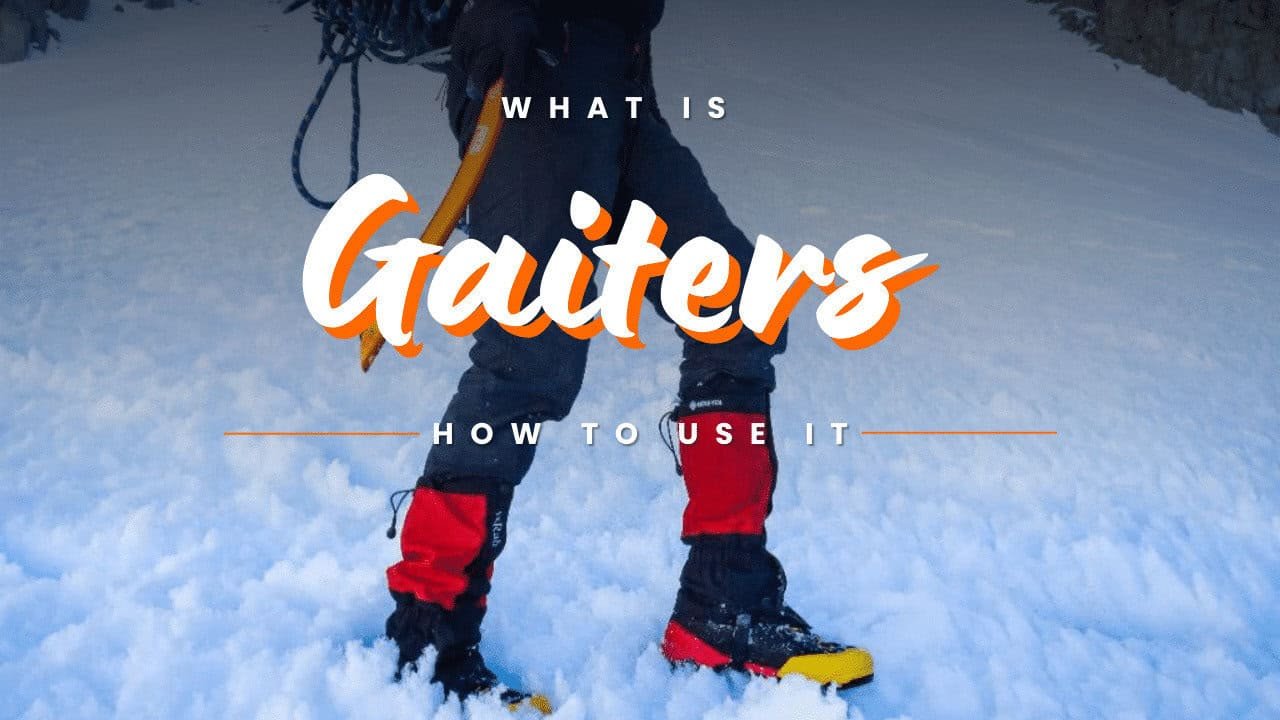
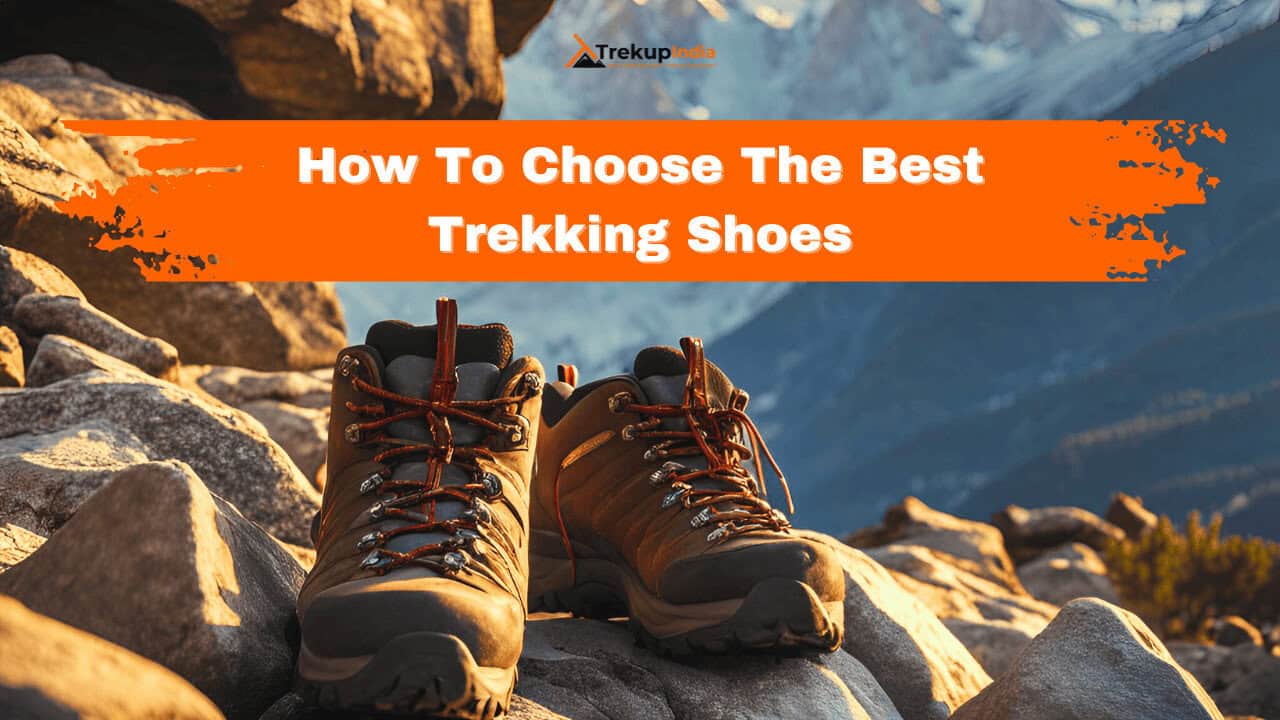

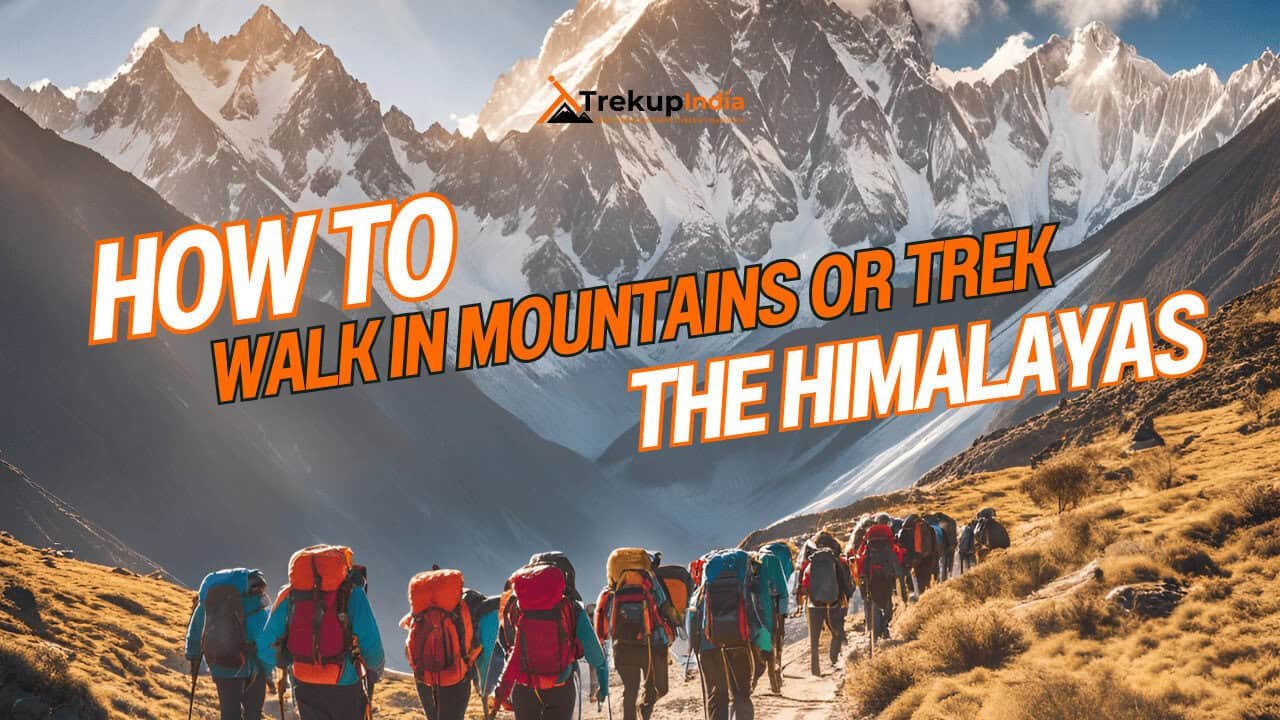

Know Everything About Acute Mountain Sickness
Acute Mountain Sickness occurs when people trek to high altitudes above 8,000 feet. This condition itself develops further due to reduced oxygen levels at such heights. Basically, as you go higher up, the air pressure and oxygen levels decrease, which causes the same problem. Acute Mountain Sickness surely causes headache, nausea, vomiting, and dizziness in affected persons. Moreover, peoples also experience difficulty in sleeping during this condition. To avoid mountain sickness, you should actually trek up slowly to higher altitudes. To learn further about this condition itself, watch the videos by Trekup India.
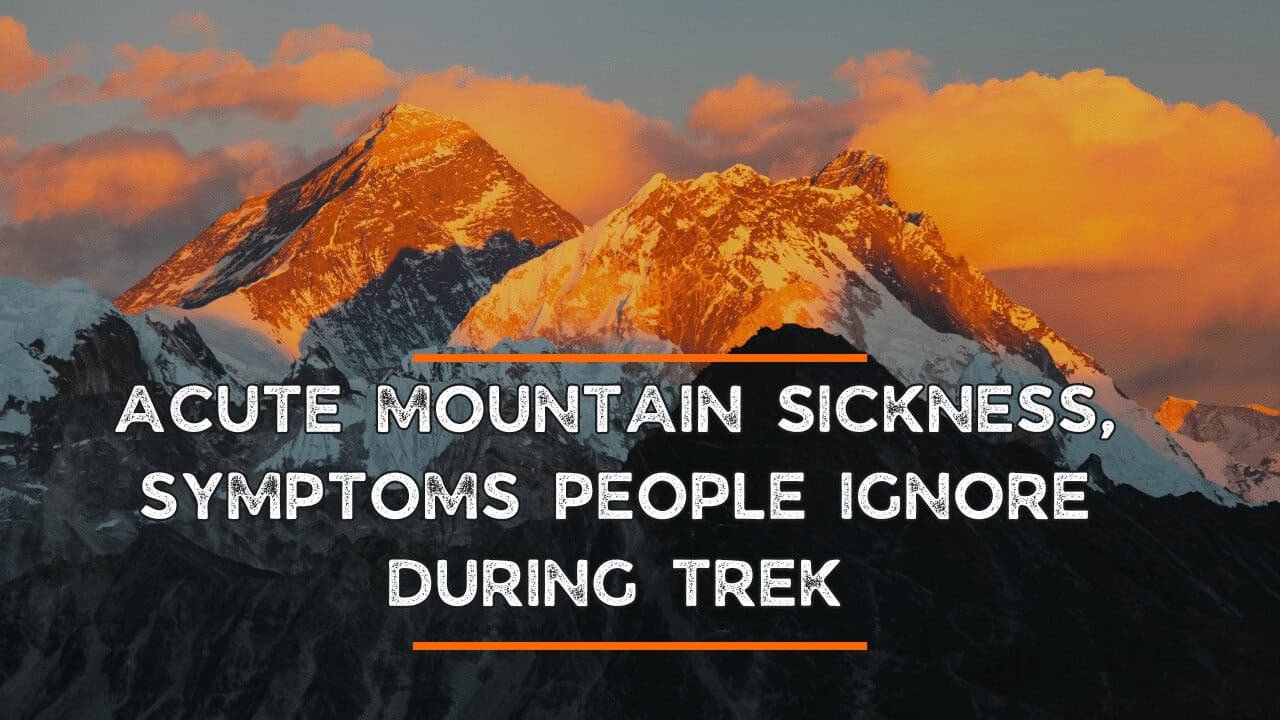
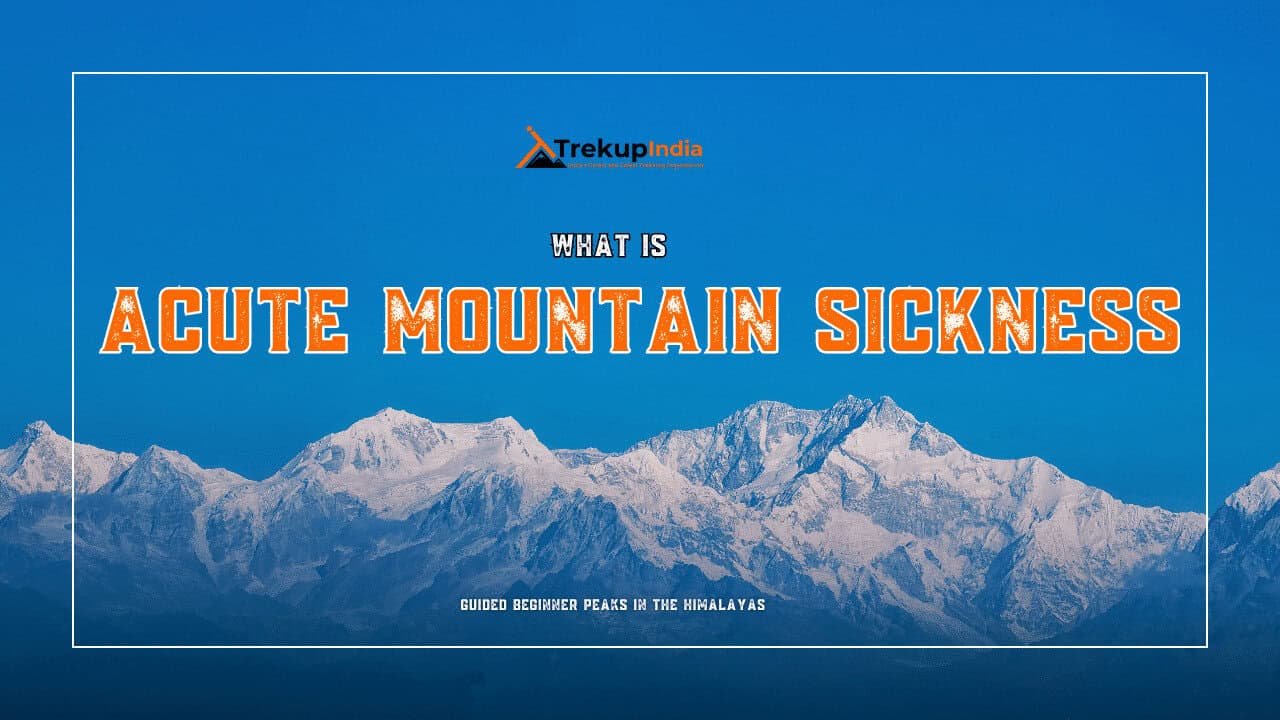
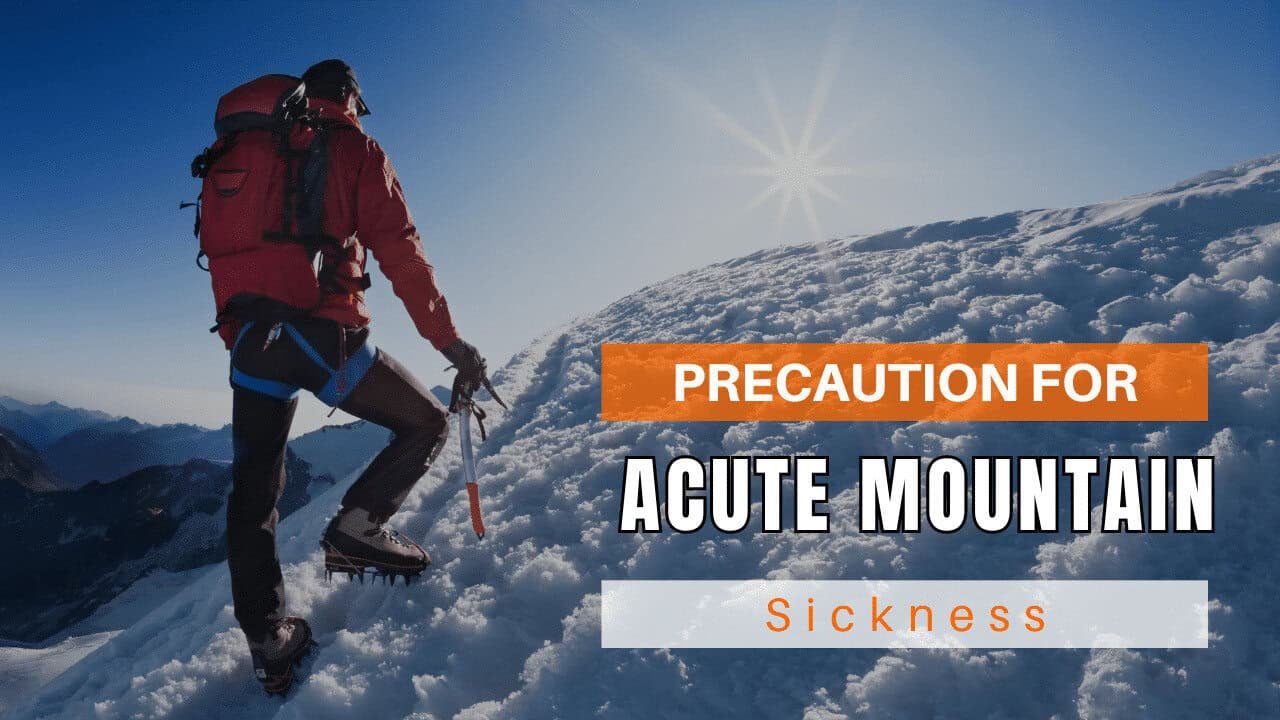
Day Wise Detailed Itinerary of Roopkund Trek
Day 1: Transfer from Kathgodam in the early morning, and arrive at Lohajung (2300mts 7500ft, 2300mts)
- Altitude 7,662 ft.
- Stay in the guesthouse.
- Drive 210 km (10 hrs drive).
- The local market and network are accessible.
- Time of pickup is 06:00 am at the parking area of Kathgodham train station.
- Route:- Kathgodam – Bheem Tal – Almora – Kausani – Gwaldam – Dewal – Lohajung.
The journey should not last more than 10 hours that includes the possibility of two or three breaks. The serpentine road runs across the area of Kumaon and traverses deep valleys in the Shivalik the mountain ranges. The road takes you to Gwaldam located in the administration district Garhwal. The road passes through coniferous forests and unrelenting curves. Although the road is direct highway that runs from Gwaldam to Deval which is the ultimate point of travel, it isn’t recommended due to the damage that has occurred in several places as a result of the constant rains. Through Nandkesri the distance traveled is less, about 11kms, but it’s preferable to take an extended, yet safer route through Tharali approximately 36kms. The trip will take you to Deval which is a village that has all the necessary provisions for buying the food items and kerosene needed to complete the trip. The final stretch of the ride will take you between Deval up to Lohajung. The curvy and long road climbs in elevation. It is exciting to drive on that even the slightest rumble of approaching vehicles and trucks can cause goosebumps. It’s generally cloudy and rainy most of the year and temperatures are extremely cold. The night is spent in a hotel or lodges.
Day 02: Lohargunj to Didna Village
- Trek 6.5 kilometers.
- 7,662 – 8,045 ft.
- Do not forget Didna’s lunchtime visit.
- Accommodation in a village homestay.
- There is no local market, but Network is open.
- Up to the ruan Bagad bridge, gradually descends (4.5 kilometers).
- Refill your water bottle the ruan bagad bridge on Neel Ganga river.
- After the ruan bagad bridge, 2 hours of steep climb up to Didna Village (2 km).
The trek actually begins today. After a delicious home-cooked breakfast, the hike begins on a level surface with a an ascent of a few feet on the jeep highway; the road continues until Wan, the town of Wan. A half-hour walk on the level surface will lead you to Kulling and is situated in a distance of approximately 6km from Lohajung. Kulling is a tranquil village situated in the district Garhwal which has a small area of population that is surrounded by the beauty of nature. The exotic birds can be seen quickly; the air is crisp and fresh. After having a rest at Kulling and then taking an immediate right and slowly downhill toward the village. In the beginning you’ll notice an elongated concrete plain that cut through fields and houses and leads to a stream. The stream is run by Neel Ganga. The stream continues to descend until you are at the bottom of Neel Ganga. Continue to go over the bridge, which is cemented, and then climb the ridge that is on the left edge of the bridge. The trail to the left is mildly screeching and finishes in the town of Didna located at an altitude of 2450mts. 8000 feet. The route is surrounded by evergreen alpine forests as well as trees that are massive in dimension. After climbing for about two hours, you’ll reach the summit of the ridge. The views ahead are breathtaking. It’s quite a shock to find vast open spaces at this high elevation in the middle of mountains. There are two villages close to one another Didna and Kuling in essence, they both host the same kind of trekkers and tourists. The first one is popular in the monsoon and summer seasons, while the second is popular in winter. The day’s trek ends by 3pm, after which a meal hot is consumed. The total distance covered over the day is about 10kms. The night can be spent staying in an old-fashioned guesthouse.
Day 03 Didna village go to Ali Bugyal
- Trek 10.5 kilometers.
- 845 to 11,320 feet.
- Tents for accommodation.
- Bring water and ors.
- Contact Ali Bugyal by late noon.
- Keep your waterproof and windproof handy.
- Tolpani is the last stop for drinking water.
- The first part of the hike is through rhododendron, oak forest (Steep up).
- The second part of the trek involves big mountain meadows (gradual ascent).
Today’s trek takes you through the charming community in Ali Bugyal, which located at 3400m or 11000ft is among the highest-populated places in the country. Ali Bugyal is on top of the mountain and can be evident from the backdrop of Didna. The trek is designed to reach the summit of the mountain. Once you reach the first climb, the trail will go away from the village. To the right the trail, it’s ascending , with a moderate slope. Along the way, temporary villages of local shepherds referred to in the region of Tolpani and their massive flocks of sheep are an amazing sight to see. They are extremely accommodating and welcoming to visitors. You can even offer to share their meals and they consider it an act of kindness. However the trail on the left is shorter in length, but is more steep. It doesn’t really matter which one you choose as both will lead your to the exact location. Oak, Birch, and Rhododendron trees are the only ones that thrive in these regions and are stunning and massive in their size. According to the locals visitors to the area during the spring months will be able to see the stunning panorama of the valley that is adorned by hundreds of Rhododendron flowers with vibrant colors. Once you reach the top of the mountain the tree line slowly disappears, and plain grasslands emerge. The climb is about 3-4 hours, following which, directly in front of you the most beautiful Himalayan meadows Ali Bugiyal welcomes you. The scenery is like the default wallpaper in Windows XP and is a delight to the eye. In the summer wild animals like cows and horses roam the fields that are covered with large areas of grass and blooms in a range of bright colors. In clear weather it is simple to see the peaks Trishul and Mrighthuni which are the highest mountain peaks of this region of the Himalayas. The majestic Trishul is beckons to be climbed on and makes you feel like there’s something hidden that draws attention toward it. After you have crossed the meadows there is a small incline along the way. another half hour of hiking will bring you to Bedni where you will camp for the third day. After lunch, go to the temple that is located nearby at Bedni Kund, if the conditions are clear, you may be able to see the Garhwal Himalayan ranges in all their splendor.
Day 4 :- Ali Bugyal to Patar Nachauni via Bedni Bugyal and Ghora Lotani
- Trek 7 kilometers.
- 11,320 to 12,818 feet.
- The easiest day on the journey.
- Camping in tents.
- Reach Patar Nachauni before lunch.
- Ali Bugyal to Bedni Bugyal (gradual ascent for 2 km).
- Bedni Bugyal up to Ghora Lotani (gradual ascent 4 km).
- Ghora Lotani to Patar Nachauni (gradual descent 1 km).
- Take a trip to Ghora Lotani good for acclimatization.
- Make sure you wear proper clothing (this is the area that the majority of trekkers suffer from AMS).
The 4th day of the trek , you could have the option of beginning a little later and resting a bit longer. Your next camp site can be found at Gora Lutani, which is an ideal camping spot. Continue walking and appreciate the stunning scenery in the region. On the way, you’ll encounter Patat Nacholi, a rather inaccessible and unused landmass. On this day, you’ll experience a the steep climb from 12,500ft up to 14,500ft. The altitude as well as the endless walking will cause your legs to sore, and you’ll begin to feel some of the changing weather along with the thin atmosphere that can cause breathing difficulties. But don’t worry, the stunning environment will provide you with enough incentive to get there. The positive vibes that are circulating through the air makes you forget all of your worries. After a journey of about 10km, the camping spot for the day has been achieved. Ghora Lotani will ensure you the best night’s sleep however, the following morning, getting up early is important as it’s going to be a thrilling day ahead.
Day 5 :- Patar Nachauni to Bhagwabasa via Kalu Vinayak
- 4.km trek.
- 12,818 – 14,117 ft.
- Camping in tents.
- We reached the Camp site just in time for lunch.
- Patar Nachauni to Kalu Vinayak Tempel .
- (first 1km is a gradual ascent, while the rest 1.5 km is a steep ascent).
- Kalu Vinayak from Bhagwabasa (gradual descent of 1.5 km, which can be difficult between May and in June ).
- There is likely to there be snow along the trails throughout the months of may and jun, and then in sept and oct , it is a rocky trail.
Be up early, and prepare your body for the most tiring day of hiking. Eat a healthy breakfast and make sure you do some stretching. Keep in mind that today the hike will be around 10kms on a slope that is steep. Take a walk toward Bagubasa located at about 14000ft above sea level. This road will take you through Kalyuvinayak temple. The most exciting part of going of visiting the temple is that you travel upwards for 2 kms, equivalent to reaching an elevation about 200ft. The route leading to the temple is extremely uneven and has a zig-zag the shape of. It is crucial that the proper protective gear and clothing are made sure to be in place before the walk even begins. It is recommended to walk with care and slow pace One mistake and you could be seriously injured. However, since there is no reward without pain, the rewards await you at the highest point. It’s hard to comprehend why someone would build a temple in such a high place. The temple is mostly built in a traditional style and has been around for many centuries. As the altitude grows it becomes more difficult to breathe and the amount of oxygen is also reduced, which could work to headaches and severe stomach pain. Don’t be concerned, just take a break for a few minutes. The temple was carved out of stone with the utmost accuracy and precision; it creates divine influence into your mind. The temple is located in the middle of town, you are able to see Roopkund Roopkund, the last destination on the trek. The view is simply stunning one that is sparkling and sparkling Trishul to one end and a bell-shaped Nandagunti to the opposite. It is also possible to follow the rough trail that leads to Bhaguabasa located at 1km from here. The region is home to particularities that are unique to it, like blooming flowers only during the monsoon seasons. It is the highest altitude at 14000ft , and the terrain appears to be rough and very easy to travel through.
Day 06 Bhagwabasa from Roopkund and returning in Bedni Bugyal
- Trek 10km.
- 14117 – 15755 ft.
- Tents for accommodation.
- Get started by 4:45 am.
- The climb to Roopkund is 3km.
- The trek is a challenging one.
- Keep energy bars as well as water, ors and energy bars.
- Breakfast will be served at Roopkund’s the top.
- Reach Bhagwabasa back before lunchtime.
- Reach Patar Nachauni camp by evening.
- In the months of Aug, Sep, Oct, it is possible to see skeletons but there is no snow.
- In May and June, the snow will be present, but we can’t see the Skeleton.
Get up early for the ultimate destination The most popular destination – Roopkund. It is located at an altitude that is more than 16000ft it’s definitely the highest point of the walk. While the route isn’t too difficult to climb and walk, even the four-mile walk can exhaust your body and make you tired as hell. It’s not easy to walk is it? In monsoon the snow that covers the area is much less and less dense, which helps the route appear clear. From Bhaguabasa your first stop is Chhirianag meaning ladder like snake. From here you will find the next checkpoint Roopkund The island of mystery. Skeletons’ lake has been described as one of the most mysterious locations around the globe. To date, even archaeologists and scientists have in awe of why there are numerous skeletons found on the lake’s bed. There are theories and fables that say that the king of the time and his men were traveling towards Nanda Devi, and, tragically, a hailstorm caused the deaths of their companions. If you’re extremely fortunate and you are standing at the shores of the lake you could clearly see around 300 human skulls. This is breathtaking and visitors get enthralled when they see it. From here you will trek on a hard and steep terrain. Once the climb is over, you’ll find an Nanda Devi temple. It is situated close and within the Biosphere Reserve. The perfect spot for taking great photos with your acquaintances and fellow trekkers. Based on the conditions and weather, co-climbers might decide to take a risk and climb the Junargali pass, which is located at 16700 feet above sea level. With no meteorological disturbance the climb would take approximately 45 minutes for the climb. It is necessary to go through Bhagwabasa on your return trip. These areas are full of excitement and exhilaration. The descent is twice as difficult as the climb. It is so steep that you could be frightened to fall to the ground from the top. You will come across an underground structure known the as Bhagwabasa or the home of the Tiger. Further, you climb to get to PatarNachuni approximately 12500 feet above the levels of the ground. Then you continue on backwards, through Ghora Lautani and back toward Bedni Bughyal. The day will conclude in the camp site surrounded by lush greenery. This is among the longest. It covers 15 km and which takes about 10 to 15 hours to complete. The legs will force you into a deep sleep since they require a good amount of sleep. However, before you go to bed take a moment to realize that the hike was not simple and takes a quantity of determination and determination to complete the trek.
Day 07: Bedni bugyal to Loharjung
- The trek is 15km long.
- 12,818 to 7,662 feet.
- Guest house accommodation.
- Patar Nachauni from Ghora Lotani (1 km gradual ascent).
- Ghora Lotani to Bedni Bugyal ( 4 km of gradual descent).
- Bedni Bugyal from Doliya Dhar ( 0.5 km gentle walk).
- Doliya from Dhar Ghaeroli Patal ( 3 km steep downhill ).
- Ghaeroli Patal to Neel Ganga ( 4 km steep descent ).
- Neel Ganga to Ranka Dhar ( 1 km moderate ascent ).
- Ranka Dhat to Wan Village Wan Village road head ( 1.5 km gentle descent).
- Wan Village to Loharjung ( 45 minutes drive, but the road is in poor condition).
- Route :- Patar Nachauni – Ghora Lotani – Bedni Bugyal – Doliya Dhar – Ghaeroli Patal – Neel Ganga – Ranka Dhar – Wan Village – drive to Lohajung.
The 7th day is likely to be the final day of the trek, where you need to walk to return to your camp at Day 01. Descending and climbing are two different things that are quite different, but the trail is the same. The second time, you’re along the right portion of the track, and it appears to be a straightforward trail compared to earlier day’s hard work. The first time you’ll see wooden huts scattered across the path. After walking a bit and you will be in a position to observe the road split between two lanes. It is imperative to choose the one that goes to the right. It is a downward slope as you go down further you’ll be able to see the forest area with trees everywhere along the road. The birds’ tweets as well as the cool, aiwin that passes your ears is an experience which you rarely get to experience. Because of the varied gradient, hikers are warned to take each step carefully, or you could end up hurting themselves. Although they may appear appealing, shortcuts should be avoided as much as is possible since the terrain is quite rough. After walking a few meters, you come to an opening in the thick forest known as the Gahroli Patal. The journey continues until you are on the shores of the River Neel Ganga. Once you have reached the river’s bed the journey continues until you reach the village of Wan, which is known as Ran Ka Dhar. Village Wan is your next stop, after which you will descend even further. Wan is like being like home, a huge village that has mountains and hills over the edges an amazing view that you can cherish throughout your lifetime. You travel for another few hundred yards on the road, you come across the vehicle waiting to take you there. The distance traveled during the entire day’s journey is close to 18 km and takes approximately 10 hours. It takes about one time of about an hour to travel from Wan to get to Lohargunj. The road you travel on is very rough. When you arrive back at to the guesthouse for tourists, you can relive the memories from the trip , and then relax in the comfortable mattress.
Day 8 :- Lohajung to Kathgodam
- 10 hrs drive.
- Travel 210 kilometers
- Reach Kathgodam at 6:00 pm.
- When you arrive at Kathgodam in Kausani you can purchase herbal tea and other souvenirs.
Get up at a reasonable hour in the morning. take a refreshing tea, and then an incredible breakfast in the hills. Today, you’ll leave for Lohargunj along with the most beautiful and unforgettable memories. You will need to pack your personal belongings and luggage. The cab will drop you off at Kathgodam railway station. Kathgodam train station. The trip by car should be around 10 hours. Also, ensure you’re carrying tablets and mints to help to prevent nausea. From the Kathgodam train station there are trains that go to various places. Take a train to your destination and enjoy a pleasant trip with memories that will last forever.
Roopkund Trek Route Map
We’ve prepared a comprehensive Trek Route Map for your upcoming adventure to Roopkund Trek, which outlines the entire journey including all stops and trails. This map provides detailed information on the terrain, distance between points of interest, and estimated travel time to help ensure a safe and enjoyable trek. We’ve carefully curated the map to ensure that you have all the necessary information at your fingertips. Please take a moment to review it thoroughly, and don’t hesitate to reach out if you have any questions or concerns.
Roopkund Trek Altitude Chart
The Trek Altitude Chart is a useful tool for Trekkers to monitor their altitude changes during their rides, allowing them to plan their routes more efficiently and track their progress over time. This Roopkund Trek chart is beneficial for both casual and experienced Trekkers, helping them make the most out of their Trek experience.
Trek Cost Inclusions
- Stay: 5 Nights of tented accommodation at individual campsites of Trekup India on twin sharing and 2 nights at Lohajung.
- Meals: Trekup India will provide freshly cooked meals during the trek starting with Dinner on Day 1 to tea, coffee on day 8 (Meals are simple, nutritious, and vegetarian)
- Transport (Optional): Rishikesh to Lohajung and return. ( 2000 extra )
- Trek Insurance (Optional): Trekup India recommends that all trekkers consider getting trek insurance. This is optional, but highly recommended. Trek insurance covers unexpected events that may occur during your trek. The cost of the insurance starts from INR 210. Please read more about what is included in the coverage and why it is mandatory on treks.
- Trek Equipment: Sleeping bag, Sleeping tents, Kitchen tent, Dining tent, Toilet Tent.
- Amenities: All utensils, sleeping mattresses (Black foam mats), Crampons, and Gaiters for snow.
- Health & Safety: First Aid Box, Oxygen Cylinders, Stretchers, Oxi meters, BP Machines, health.
- Permits: Forest Permits and Camping Permission Fee
- Trek Crew: High Altitude Chef, Helpers, Trek Leader & Guides, and other support teams.
- Potters & Mules: Potters and Mules are to carry all trekking equipment, ration, and vegetables.
Trek Cost Exclusions
- GST 5% (it is Mandatory)
- Any Meals/accommodation beside the itinerary or not mentioned in the program.
- Any Bus / Airfare to/from trek start/end point
- Personal Medical expenses do carry your medication.
- Any personal services such as Laundry, phone calls, liquors, mineral water, etc.
- Any still / video camera fee
- Any Entrance fee Monuments, Monasteries, Museums, Temples – Pay directly on the spot.
- Mules or porter charges to carry private baggage (Offload Charges for bag 365 per day, per bag if paid online (at base camp 2,550). Note: Bag weight should not be more than 10 kg.
- Any emergency evacuation charges
- Any services that are not mentioned in the cost inclusion section.
What should you pack for the Roopkund Trek
Roopkund Trek is a high-altitude trek. The trekking gear you have to have for this particular trek differs from normal treks. Thus, read this whole segment. There is an important question that the trekker who is doing trek asks, like what all things to carry while trekking. Below, we have provided the details on everything you should take; an easy way to remember is by Head to foot or foot to head. We have prepared from Head to foot.
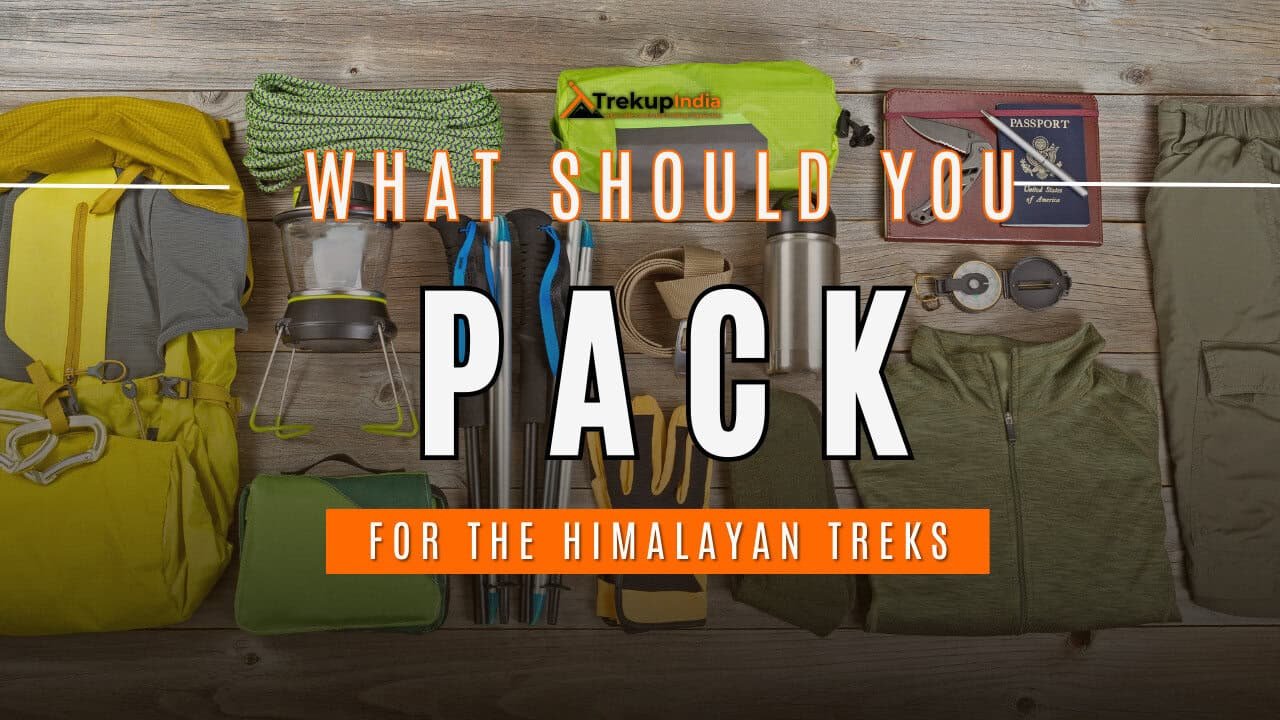
Head Gears
When trekking it's important to carry headgear to protect your head and face.
Heading out for a trek? Don’t forget to carry headgear to protect your beautiful face and head from the sun, wind, and dust! It’s an essential accessory that keeps you safe and comfortable throughout your adventurous journey. So, make sure you pack it before you step out into nature!
- Head Lamps – When trekking at night, headlamps are essential to illuminate your path while keeping your hands free. Headlamps come in different sizes and lumens, so it is essential to choose one that suits your needs.
- Hats or Cap – Caps or hats are also necessary when trekking in different weather conditions. Caps protect your head from the wind and freezing temperatures at night, while hats provide shade and protection from the sun during the day. It’s essential to ensure that your hat has a strap to prevent it from being blown away by the wind.
- Sunglasses – Sunglasses are also essential for trekking. Your sunglasses should protect your eyes from harmful UV rays and fit your face perfectly to avoid falling off while climbing, jumping, or crossing obstacles. The glass of your sunglasses should also be designed for different weather conditions to provide optimal visibility.
- Buff / Balaclava – Lastly, a buff or balaclava is a must-have to protect your mouth or neck from extreme temperatures and keep them warm. Buffs and balaclavas come in different materials, thicknesses, and designs, so it’s important to choose one that suits your needs and preferences. Depending on the weather conditions and your activities, you can wear them as neck warmers, face masks, or headbands.
Clothes
When trekking in high altitudes, prepare for cold weather by wearing layers. Layering traps heat, keeps you warm, and allows you to easily adjust your clothing as temperatures fluctuate.
Layering is important for different seasons when trekking. When planning a high-altitude trek, it is important to prepare for the cold weather. Wearing layers is the best approach as it provides both protection and flexibility when the weather changes frequently in the mountains. Layering helps to trap heat and keep your body warm, while at the same time allowing you to easily adjust your clothing as the temperature fluctuates. By wearing layers, you can enjoy your trek comfortably and stay safe in the unpredictable mountain weather
- For spring, summer, and monsoon treks, consider wearing three layers: a woollen sweater, a fleece, and a padded jacket.
- For autumn treks, add one more fleece layer to make it four layers.
- For winter treks, you may need five layers with thermals, a woollen sweater, two fleeces, and a padded jacket.
- T-shirt/sleeve shirt– Bring three T-shirts and two quick-dry trek pants, wearing one and carrying the others. Long sleeve shirts help to protect from sun UV rays. We recommend synthetic T-shirts as they get dry quickly when they get wet.
- Hiking / Trekking Jacket– down jackets (-5 to-10 C) or two-three-layer jackets.
- Thermals– at least two pairs of thermals help keep the body warm during cold weather.
- Undergarments– you can carry them according to your habitual and hygiene requirements.
- Gloves– 1 pair of gloves will keep your hand warm and nice.
- Trek Pants– Bring 2 to 3 comfortable trekking pants. Trekking pants play a significant role, as they are designed for comfort and mobility, making trekking easier. It should be Synthetic so that it gets dry quickly when wet.
- Rain Wear– you can carry a raincoat or Poncho. During long rains and snowfalls, the waterproof jackets start leaking. Still, the Poncho and raincoats keep you dry, so choose accordingly.
Tip: If you choose a raincoat on your trek, carry a small waterproof cover so things inside your backpack can’t get wet. If you carry a Poncho, you don’t need to worry. It protects both you and your backpack.
Foot Gears
When it comes to planning a trek, one of the most important aspects is to ensure that you have the right kind of foot gear.
- Trekking shoes which are waterproof and have ankle support. Walking / Hiking sandals which can be used off the trek, i.e., in the morning and evening hours when you reach the campsite, basically to get your feet rest from heavy boots, sometimes used for crossing streams and rivers, it’s more comfortable and safer than crossing barefoot or wetting your shoes. Sneakers (Optional) can be worn for normal driving days or used around the camp.
- Socks– you should at least carry 3 to 4 pairs.
- Microspikes & Gaitorswill be provided by Trekup India when required. You don’t have to carry them.
Personal First Aid Kit
Don't forget to pack your personal first aid kit! It's always better to be safe. So, make sure you're prepared for any unforeseen circumstances.
Below are some common medicines generally required/used during your adventure trip; however, please consult your doctors prior.
- Antiseptic towel or water syringe (to clean the wound)
- Butterfly bandage for a small cut
- Cotton and elastic bandages and sterile gauze pad for larger wounds
- Latex gloves are used when the wound bleeds.
- Medicine for Diarrhea (Upset stomach)
- Medicine for cold, flue/fever, headache
- Some pain killers
- ORS pouches
- Quick pain relief spray (External use)
- Any personal medicine prescribed by your doctor
- Dimox / Similar for high altitude sickness
- Bug Repellent
- Carry some nutria/energy bars and drinks (non-alcoholic)
- Note: Kindly consult your doctor before purchasing or taking any medicine.
Gadgets and Other Items
You might also consider bringing a camera, binoculars, portable charger, and snacks. Be well-prepared and tackle any trail with confidence.
- Trekking Poles
- Mobile phone
- Camera
- Spare batteries for phone and camera, power bank
- Lightweight flashlight or headlight
- A waterproof bag made of plastic is used for the camera.
- Plug/converter for electrical items
- 1-litre water bottle
- A journal with a pen would be a good idea to keep your notes.
- Some book of your interest for the ideal time
- Get into the habit of maintaining a Map and guidebook of the region.
Hygiene & Personal toiletry
Remember to pack hygiene and personal toiletry items such as soap, shampoo, toothbrush, toothpaste, deodorant, and toilet paper.
- Sunscreen with UV protection to shield your skin from harmful rays
- 1 or 2 small quick-drying towels to help you dry off quickly in case of rain or sweat
- Toilet paper, tissues or wet wipes for maintaining hygiene while on the trek
- Toothbrush, toothpaste, and mouth freshener to keep your mouth clean and fresh throughout the journey
- Deodorant or talcum powder to help you stay fresh and odor-free, especially during hot and humid climates
- Shampoo to keep your hair clean and healthy
- Sanitary pads or tampons (for female trekkers) to manage menstrual cycles
- Lip-gloss or salve to protect your lips from dryness and chapping
- Bio-degradable soap to keep yourself clean and hygienic while on the trek
- Nail clipper and other personal items that you use daily
Compulsory Documents to Carry
There are certain documents that you should always carry with you. These documents are not only necessary for your safety and security, but they may also be required by local authorities.
These files must be submitted to the Forest Department before your trek. With none of these, you will not be permitted to trek—original and photocopy of government photo identity card. Carry IDs like Aadhaar, voter ID, etc.
How To Plan Your Trek & Reach Kathgodam?
It is Kathgodam station is among the major stations within the district, and was a station that existed for a long time. It is connected to a variety of places, which are Lucknow, Delhi, and Howrah. Train tickets from Delhi to Kathgodam via train will cost you around the price of Rs. 150 for a sleeper second class ticket, and the price is Rs. 400 for the third sleeper ticket. It is crucial to reserve the tickets at minimum one month ahead because this type of ticket is always highly sought-after.
By Train :-
From Delhi go to The Ranikhet Express (5014) Dep. Delhi at 10:40pm and arrive Kathgodam at 5:55am (Overnight journey) and it’s the Uttar sampark kranti (5035) Dep. Delhi at 4:45pm. Arrival Kathgodam at 10:40 pm (6 hrs.40min.Journey)
From Dehardun Take from Dehardun the Doon Express (4120) Dep. Dehardun by 10:30 pm, arriving Kathgodam at 7:10 midnight (8hrs.journey)
By Bus :-
- Regular buses operate departing from ISBT Delhi Anand Vihar station to Kathgodam. Buses heading to Nainital stop in Haldwani, which happens to be a twin city of Kathgodham (8 hours. Journey).
- The majority of buses drop you off at Haldwani bus stop. From there, you must travel close to Kathgodham Railway Station which is only 4 km away.
- Its Tata Sumo or similar vehicles will take you to Kathgodham Railway Station at 6:00am.
- We suggest that you use only government buses to ISBT Anand Vihar. Private buses depart from outside ISBT , and they’re not trustworthy.
Fitness Required & Preparation Guide For Roopkund Trek
If you’re preparing for a Roopkund Trek, Trekup India recommends jogging as part of your fitness routine. Jogging helps work out the same muscle groups that you’ll use during trekking and can help you build endurance. You don’t need any special equipment to get started.
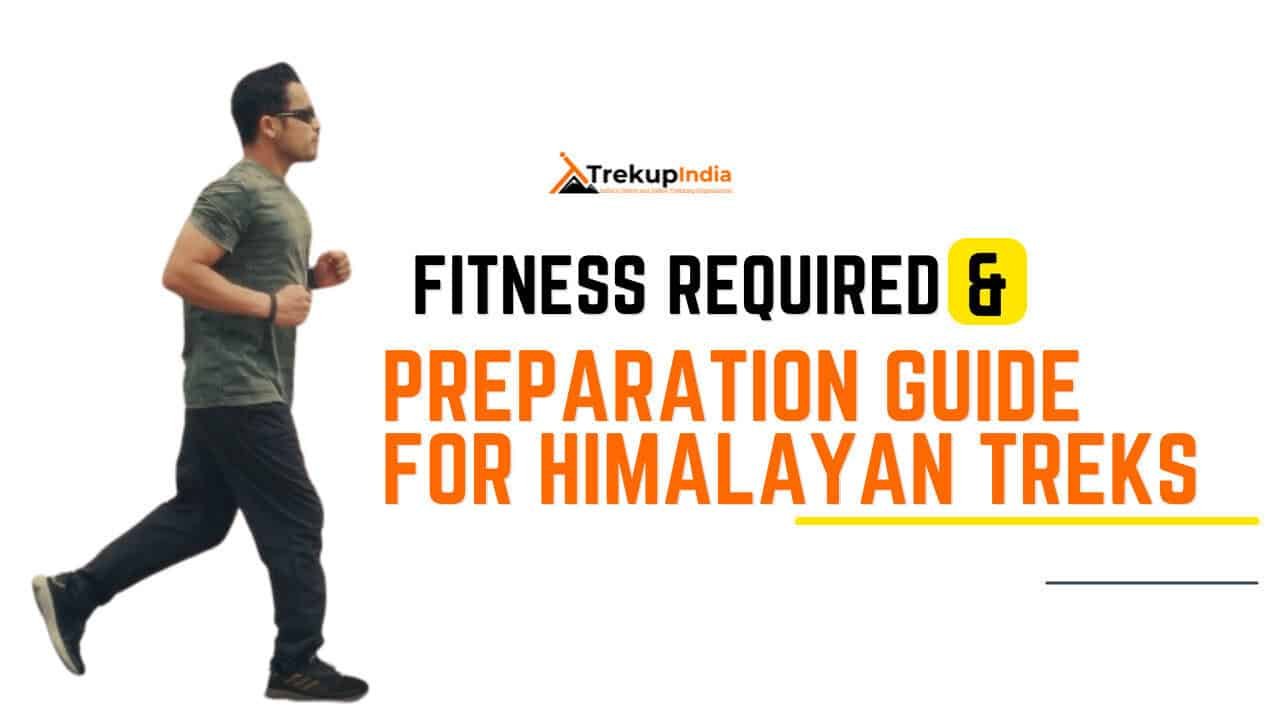
Fitness Target
Trekup India has put the Roopkund Trek into an moderate to difficult grade-level trek.
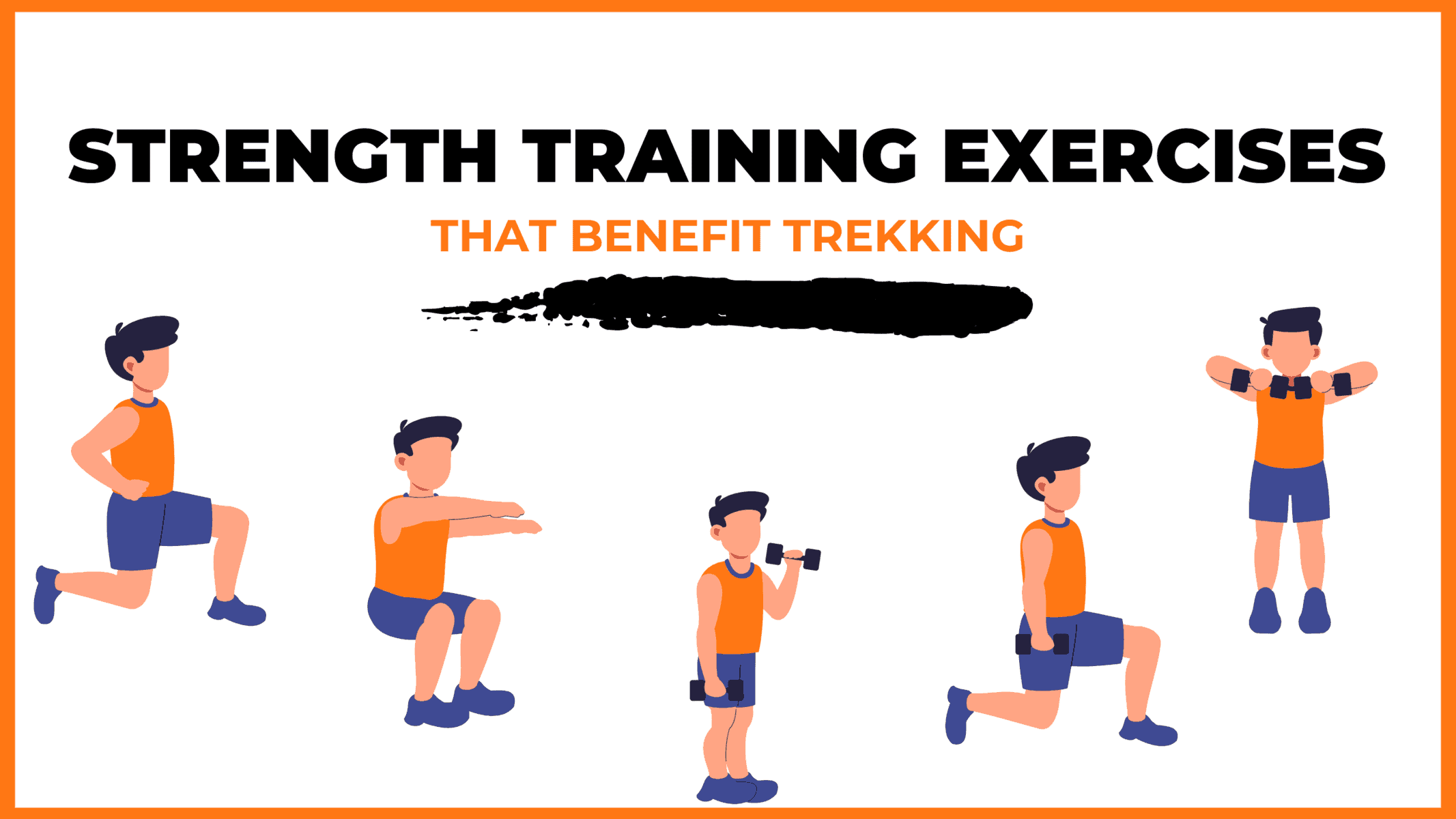
For Moderate – Difficult Treks – In order to be well-prepared for your upcoming trek, it is recommended that you focus on building your endurance by aiming to cover a distance of 4.5 kilometers in less than 40 minutes. This will help you to develop the necessary stamina and strength required to successfully complete your journey.
How to Achieve This Fitness Target?
To start preparing for your trek:
- Try jogging for at least five days every week.
- If you find 5 km too difficult at first, begin with 2 km and gradually increase over 2-3 weeks.
- Once you feel more comfortable running 5 km, focus on improving your speed gradually on a daily basis.
It is important to ensure that you can consistently complete 4.5 km in under 40 minutes for at least two weeks before your planned trek. Allow yourself 6-8 weeks to prepare physically for the journey.
Strength Training exercises that benefit Trekking
Trekking is an activity that demands a good level of strength.
Trekking is a demanding activity that requires good cardiovascular endurance, muscular strength, and overall fitness. To help you prepare for your trek, incorporating bodyweight exercises into your training routine can be an effective way to build strength, improve stability, and enhance endurance, all of which are crucial for a successful trek. In this regard, here’s a breakdown of body weight exercises categorized by the specific body parts they target and the benefits they offer during trekking.
1. Lower Body Exercises
Lower body exercises like squats and lunges are great for building lower body strength, essential for trekking.
a. Squats
Squats are an excellent exercise for building lower body strength, essential for trekking. They target the quadriceps, hamstrings, glutes, and calves. Solid quadriceps and glutes provide power for ascending and tackling uphill climbs, while vital hamstrings aid stability during descents. This is particularly helpful in navigating uneven terrain during trekking.
How to perform Squats Exercises:
- Stand with feet shoulder-width apart, toes pointing slightly outward.
- Lower your body by bending your knees and hips, keeping your back straight.
- Lower until your thighs are parallel to the ground or as low as comfortable.
- Push through your heels to return to the starting position.
b. Lunges
Lunges target the quadriceps, hamstrings, glutes, and calves. They improve lower body strength, balance, and stability, crucial for maintaining control on rocky trails and steep slopes. Additionally, they enhance flexibility, reducing the risk of injury while trekking.
How to Perform Lunge Exercises:
- Stand with feet hip-width apart, hands on hips or sides.
- Take a step forward with one foot, lowering your body until both knees are bent at 90-degree angles.
- Push through the heel of your front foot to return to the starting position.
- Repeat on the other side, alternating legs.
2. Upper Body Exercises
Upper body exercises such as push-ups and pull-ups effectively strengthen the upper body, especially the chest and shoulders, which are essential for carrying a backpack during treks.
a. Push-Ups
Targets: Chest, shoulders, triceps, and core.
Benefits for Trekking: Push-ups are an effective exercise to strengthen the upper body, especially the chest and shoulders, essential for carrying a backpack during treks. Improved upper body strength will also help maintain posture and stability while traversing challenging terrain.
How to Perform Push-Ups Exercises:
- Start in a plank position with hands shoulder-width apart and body in a straight line from head to heels.
- Lower your body by bending your elbows until your chest nearly touches the ground.
- Push through your palms to return to the starting position.
- Keep your core engaged throughout the movement.
b. Pull-Ups/Bodyweight Rows:
Targeting the back, biceps, and shoulders can significantly benefit trekking. You can strengthen these muscle groups by performing pull-ups or bodyweight rows and improve your posture and balance while carrying a backpack. Additionally, more muscular back muscles can help reduce the risk of back strain and fatigue during long treks, making your journey safer and more comfortable.
3. Core Exercises
Core exercises like planks and Russian twists can help strengthen the core muscles, which are crucial for maintaining stability and balance while trekking on uneven terrain.
a. Planks
Targets: Abdominals, obliques, and lower back.
Benefits for Trekking: Planks are an effective exercise that helps strengthen the core muscles. These muscles are crucial for maintaining stability and balance while trekking on uneven terrain. A strong core also helps improve posture, reducing the risk of back pain and fatigue during extended hikes.
How to Perform Planks Exercises:
- Start in a plank position with elbows directly under shoulders and body in a straight line from head to heels.
- Engage your core and hold the position, avoiding sagging or arching the back.
- Keep breathing steadily and hold for the desired duration.
b. Russian Twists
Targets: Obliques, abdominals, and lower back.
Benefits for Trekking: Russian twists engage the core muscles, particularly the obliques, improving rotational stability and balance. Enhanced core strength helps prevent injuries and improves overall performance during trekking.
How to Perform Russian Twist Exercises:
- Sit on the ground with knees bent and feet flat, leaning back slightly to engage the core.
- Clasp hands together and twist the torso to one side, bringing the hands towards the ground beside the hip.
- Return to the centre, then twist to the other side.
- Continue alternating sides for the desired number of repetitions.
4. Full Body/Cardiovascular Exercises
Full-body/cardiovascular exercises like burpees and mountain climbers are excellent for improving cardiovascular endurance, strength, and agility.
a.Burpees
Burpees are an excellent full-body exercise that targets your legs, chest, arms, and core. This exercise dramatically benefits trekking enthusiasts, improving cardiovascular endurance, strength, and agility. Regularly incorporating burpees into your workout routine can enhance your overall fitness level, which can help you endure long hikes and rugged terrains with ease.
How to Perform Burpees Exercises:
- Start in a standing position.
- Squat down and place hands on the ground.
- Jump feet back into a plank position.
- Perform a push-up.
- Jump feet back to the squat position.
- Explosively jump up into the air, reaching overhead.
- Land softly and repeat the sequence.
b. Mountain Climbers
Mountain climbers target the core, shoulders, chest, and legs. This dynamic, full-body exercise can significantly improve cardiovascular endurance and agility. It is an excellent functional workout for trekking preparation as it engages both the upper and lower body muscles while strengthening the core muscles.
How to Perform Mountain Climbers Exercises:
- Start in a plank position with hands shoulder-width apart and body in a straight line from head to heels.
- Drive one knee towards the chest, then quickly switch legs, alternating in a running motion.
- Keep the core engaged and the hips stable throughout the movement.
- Continue at a moderate to fast pace for the desired duration.
Incorporating bodyweight exercises into your training routine can help you build strength and endurance and prepare your body for the physical demands of trekking. Consistency and proper form are crucial to maximizing the benefits of these exercises and ensuring a safe and enjoyable trekking experience. Engaging your core muscles, including obliques, abdominals, and lower back, with Russian twists can improve your rotational stability and balance, preventing injuries and enhancing overall performance during trekking.
When incorporating strength training exercises into your workout routine, it’s essential to maintain proper form and technique to avoid injury. Start with lighter weights and gradually increase the intensity as you progress, focusing on compound exercises targeting multiple muscle groups simultaneously. Some examples of practical strength training exercises for trekking include squats, lunges, deadlifts, and pull-ups.
Remember to give your muscles time to recover between workouts, and remember to stretch before and after your workouts to prevent injury and improve flexibility. Combining strength training with jogging and proper stretching allows you to take your fitness to the next level and confidently tackle even the most challenging treks.
Our Trekkers Reviews And Expreinces
Food Provided by Us During Trek
We provide only Indian vegetarian food, and your meal will mainly consist of Indian bread, vegetables, lentils, rice, and a delicious dessert. During your trek, we will serve three meals a day, including breakfast, lunch, and dinner. You will also be served tea, snacks, and lip-smacking soup in the evening before dinner. If it is a long day of trekking, you will be given a packed snack.
After extensive research on the trekkers’ nutritional requirements, we prepare the menu. Before putting all the meals together, we also consider the altitude and the weather.
The meal we serve during the trek is perfectly balanced with calories, carbohydrates, vitamins, protein, fibre, and minerals. You need to know that all our cooks have great expertise in cooking and have undergone thorough training. So, get ready to enjoy delectable and lip-smacking dishes during your trek. You will be served with lemon tea in the tent to start your day with a refreshed feeling. Before leaving the campsite for trekking, you will be given a hot finger-licking breakfast like upma, Aallu Prantha, Besan Chilla, Poha, Daliya, Corn flakes, and Maggie, along with tea or coffee.
If your trek is longer, we also offer some fresh local fruits such as apples and healthy drinks like Frootie or Maaza. In the afternoon, you will be served a simple & healthy lunch, while at around 04:00 pm, you will be given tea and a light evening breakfast. After you reach your campsite at night, you will be served a hot and delightful dinner.
After reading this, you must have understood the food we provided on the trek; you don’t need to worry about food. Many trekkers repeatedly trek with us because of the food we provide. Thus, we will give you unforgettable experiences.
Safety During Roopkund Trek
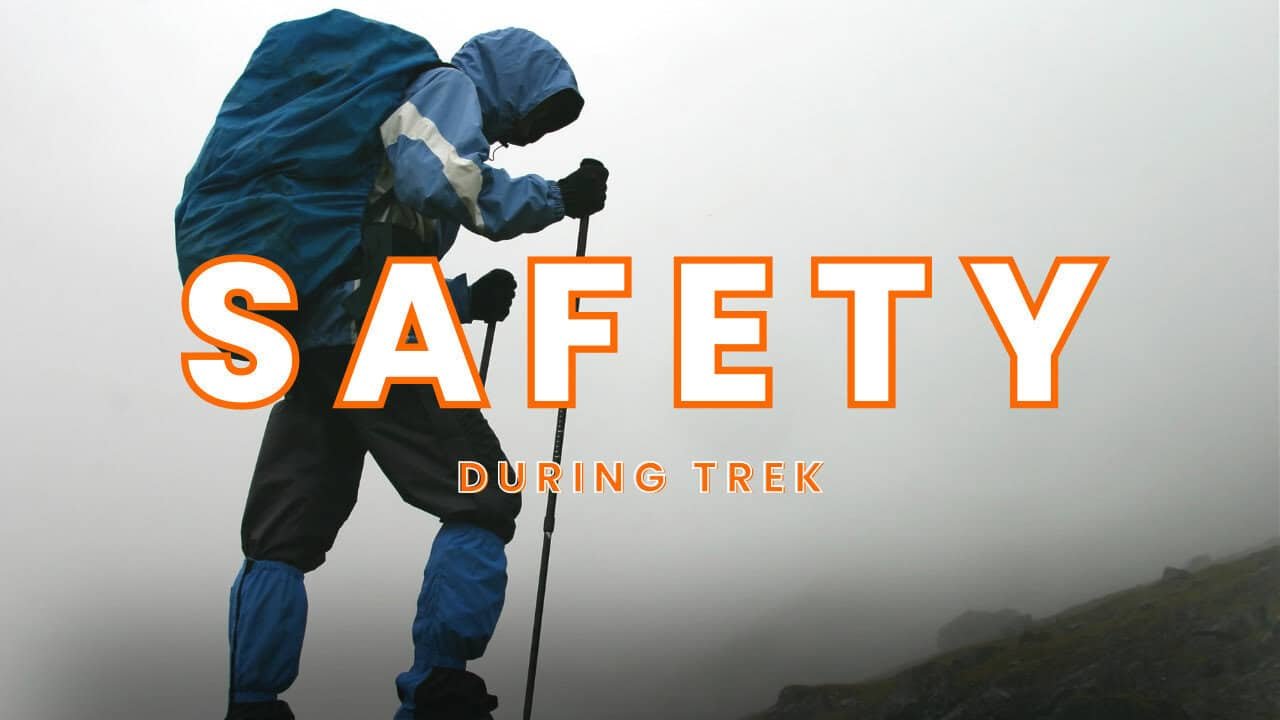
Trekking with us for the Roopkund Trek is entirely safe because we have a team of trek leaders qualified in Wilderness first-aid and complete information about the high-altitude glitches. During the trek, we carry a full first-aid kit that contains all the essential medicines. Before trekking with us, you must ensure that you are medically fit for the trek; for us, your medical fitness is more important than anything else.
Right from our establishment, we at Trekup India have been continuously introducing new safety practices into Indian trekking to ensure the safety of voyagers. Trekup India introduced microspikes and made emergency bottled oxygen mandatory for all treks. Our trek leaders take your daily Pulse oximeter reading. We at Trekup India introduced the radio walkie-talkie as a safety communication device.
How can we ensure that your trek is safe with us?
We have noticed that most trek-organizing organizations do not follow these systems, but with time, they are following us; several competing companies are adopting these practices and organizing great, safe treks.
We ensure complete technical safety in the mountain. Our company has a vast team of more than 100 guides and trek leaders who serve on Himalayan treks. One of the best things about our team is that all the members are trained professionally by the Nehru Institute of Mountaineering, Indian Mountaineering Foundation Delhi, and Hanifle Center Outdoor Education Mussoorie.
Explore our New Safety Protocols
To ensure a perfect Trek, we have introduced some new safety checks to ensure excellent safety for our trekkers.
Our On-trek safety checks include:
- Daily oxygen saturation, along with pulse readings
- Stretchers team appointed on every trek
- Radios
- Trained mountain staff and complete safety
- Additional oxygen cylinders
- Special medical kit for high-altitude treks
- Microspikes on all types of snow treks
- Experienced Trek leaders, as well as safety
- Technical team on all snowy slopes
For Us, Your Safety Is the Top Priority
At Trekup India, you will find a team with local knowledge and fluency in English and Hindi. This helps ensure that you have a fantastic trek. Not only this, but we also pay attention to your health and safety because this is something we cannot ignore. All the team leaders involved in trekking have already undergone several professional courses in first aid, portable altitude chamber training, CPR, environmental awareness training, and advanced wilderness emergency medicine.
We also carry a complete first aid medical kit on every trek and trip we organize. Apart from the medical kit, we take a portable altitude chamber (if needed) and medical oxygen for all high-altitude treks. Our company has significant expertise in organizing all sorts of group adventure holidays for family groups, school and college groups, and friend groups. We have many travel options that suit different fitness levels and travelling styles.
Regardless of the group size, we value each and every member of our trekking groups. Our commitment to personal attention ensures that your needs and safety are always our top priority.
Who we are?
Trekup India has been a stalwart in the Adventure Tourism industry for 30 years. Since our inception, we have been dedicated to providing top-notch treks, voyages, trekking programs, and high-altitude expeditions. Our extensive experience is a testament to our commitment to your adventure and safety.
We organize treks in Uttarakhand, Kashmir, Sikkim, and Himachal while being part of the trekking community; we feature more than 75 documented Himalayan treks. In addition to other outdoor activities, our company also organizes trips for schools, colleges, and families.
Therefore, we maintain the quality of services offered to our valuable customers.
Must Read These Information Of Roopkund Trek
Why You Should Do Roopkund Trek?
Upon embarking on the trek, you will journey through the dense oak forests of Gehroli Patal. The peaceful atmosphere is filled with the subtle sound of dry leaves rustling, wind sweeping through the trees, and birds singing in the foliage. After a 3-4 hour climb, you will reach your campsite among the ancient oak trees. The beautiful view of the evening light casting a glow on the trees and Mt. Trishul in the distance creates a stunning setting for your stay.
The trek becomes truly unforgettable due to the breathtaking alpine meadows known as Ali Bugyal and Bedni Bugyal. These vast meadows will leave you in awe, resembling the iconic Windows XP wallpaper. As you journey, you are treated to Mt Trishul and Nanda Ghunti’s breathtaking sights. Additionally, the trek offers views of the majestic Chaukhamba range, Neelkanth Peak, Kedarnath, Kedar Dome, and various other towering peaks along the Roopkund trail.
The Roopkund trek provides an exciting adventure filled with challenging ascents and enjoyable descents. Walking along a precarious ridge towards Junargali while gripping a rope offers an unparalleled adrenaline rush that even a roller coaster cannot match. The success of this part of the journey relies on various factors like the weather and the time of day. This is the ideal destination if you want to be close to Mount Trishul and Nanda Ghunti.
Beyond its natural beauty, Roopkund Lake is shrouded in mystery. The discovery of 300 human skeletons at an altitude of 15,750 feet has long fascinated experts from various fields, including anthropology, science, and history. Embark on this trail and let our knowledgeable local guides regale you with thrilling tales about the lake and its surroundings, weaving a narrative that will leave you spellbound. Upon beginning the trek, you will venture into the thick oak forests of Gehroli Patal. The serene atmosphere is filled with the gentle sound of dry leaves rustling, wind brushing through the trees, and birds singing in the foliage. After a 3-4 hour ascent, you will arrive at your campsite amidst the ancient oak trees. The picturesque view of the evening light casting a glow on the trees and Mt. Trishul in the distance creates a beautiful setting for your stay.
The trek becomes truly unforgettable due to the stunning alpine meadows known as Ali Bugyal and Bedni Bugyal. These immense meadows will leave you in awe, resembling the iconic Windows XP wallpaper. As you journey, you are treated to Mt Trishul and Nanda Ghunti’s breathtaking sights. In addition, the trek offers views of the majestic Chaukhamba range, Neelkanth Peak, Kedarnath, Kedar Dome, and various other towering peaks along the Roopkund trail.
The Roopkund trek provides an exciting adventure filled with challenging ascents and enjoyable descents. Walking along a precarious ridge towards Junargali while gripping a rope offers an unparalleled adrenaline rush that even a roller coaster cannot match. The success of this part of the journey relies on various factors like the weather and the time of day. This is the ideal destination if you want to be near Mount Trishul and Nanda Ghunti.
Beyond its natural beauty, Roopkund Lake is shrouded in an aura of enigma. The discovery of 300 human skeletons at an altitude of 15,750 feet has long fascinated experts from various fields, including anthropology, science, and history. Embark on this trail and let our knowledgeable local guides regale you with thrilling tales about the lake and its surroundings, weaving a narrative that will leave you spellbound.
Best time to do Roopkund Trek
The best time to do the Roopkund Trek is during the summer months, from May to June, and then in the autumn months of September and October. The weather is relatively stable during these times, and the trekking conditions are ideal. Planning your trek during these periods is essential to ensure a safe and enjoyable experience.
How Difficult is the Roopkund Trek
The Roopkund trek, known for its moderate to challenging difficulty, requires thorough preparation. It’s important to note that attempting this trek without the necessary training can lead to significant challenges. While Roopkund is not overly demanding, it’s not a leisurely walk either. Those who are underprepared often find themselves struggling to keep up and focusing on their footsteps rather than the stunning surroundings. Unfortunately, our experienced guides are sometimes forced to accompany underprepared trekkers back to base camp just a few days into the expedition, disrupting their trekking experience.
Frequently Asked Questions About Roopkund Trek
Is Roopkund Trek is prohibited?
Roopkund Trek is not prohibited. However, camping overnight in the meadows of Uttarakhand is not allowed, which has made trekking to Roopkund impossible. There was initially confusion and disorder surrounding the High Court’s ban on camping in the Uttarakhand meadows, but now there is more clarity on the matter. Following the court order, the forest department swiftly imposed restrictions on treks across Uttarakhand, with instructions from the Chief Conservator of Forests to all District Forest Officers to enforce the ban. It is now established that trekking in Uttarakhand is permitted, and Trekup India is conducting treks in the region with the necessary approvals, ensuring not to camp in the prohibited meadows.


